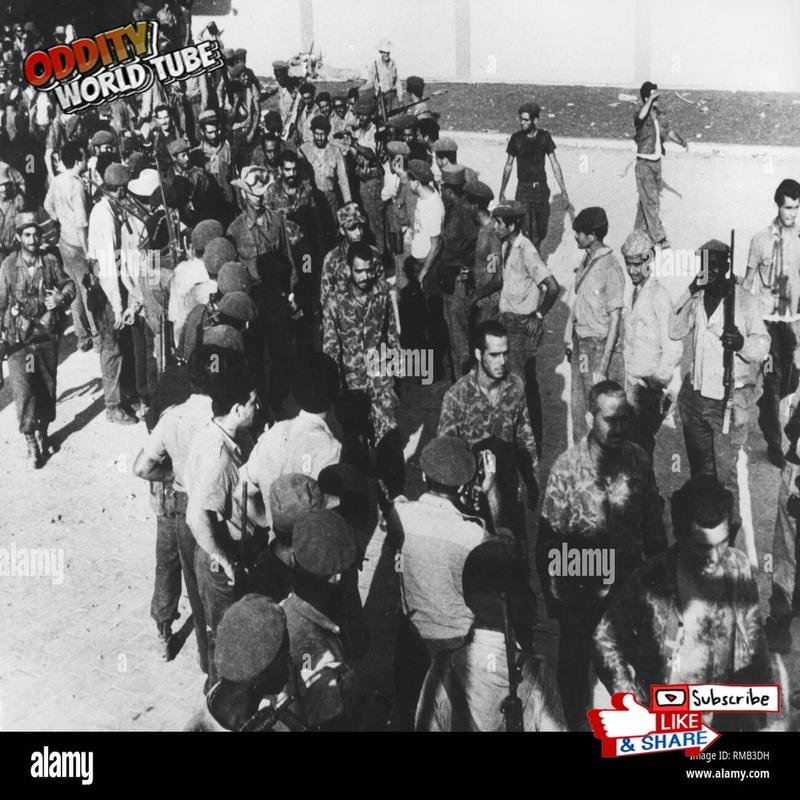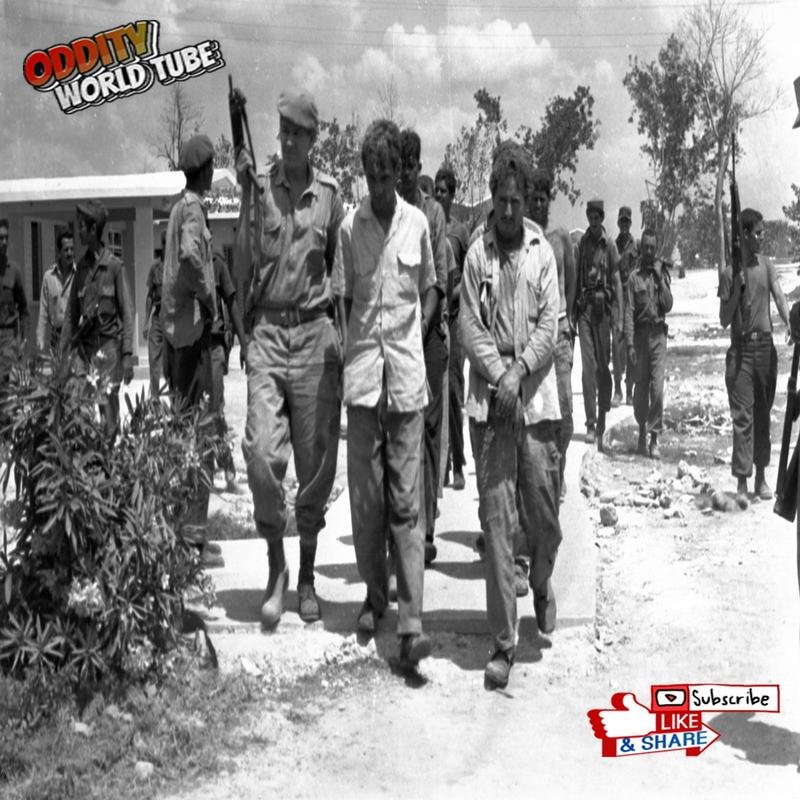The Bay of Pigs Invasion: Unveiling the Secrets of American Failure in Cuba

Bay of Pigs Invasion: US Failure in Cuba
In April 1961, the United States-sponsored Bay of Pigs invasion of Cuba ended in a disastrous failure. This operation, utilizing Cuban exiles trained and funded by the Central Intelligence Agency (CIA), aimed to overthrow Fidel Castro’s government.
The Invasion and its Aftermath
Following their April 17th, 1961 landing at the Bay of Pigs, the invading forces encountered fierce resistance from the Cuban army. The operation resulted in over 100 casualties for the invaders, highlighting a significant miscalculation in the planning and execution of the mission.
Consequences for US Foreign Policy
The Bay of Pigs invasion is widely considered a major foreign policy blunder for the United States. It significantly damaged the credibility of the U.S. government on the world stage and emboldened the Soviet Union, contributing to the escalating tensions that culminated in the Cuban Missile Crisis just months later. The invasion’s failure underscored the limitations of covert operations and the complexities of intervening in the internal affairs of other nations.


Conclusion
The Bay of Pigs invasion remains a stark reminder of the potential pitfalls of interventionist foreign policy and the importance of thorough planning and accurate intelligence gathering. Its legacy continues to shape discussions about U.S. foreign policy and the complexities of regime change.




